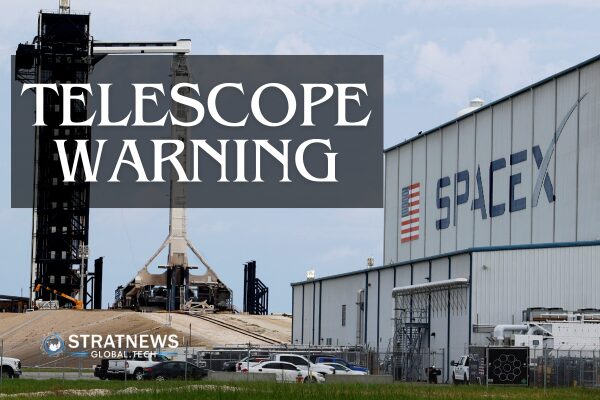SKA Telescope Scientists Urge Starlink Safeguards in South Africa
Astronomers involved with South Africa’s Square Kilometre Array (SKA) telescope are urging authorities to impose strict conditions on any licensing agreement with Elon Musk’s Starlink. Their goal is to protect the sensitive space observations conducted at this world-leading facility.
Concerns Over Interference From Starlink Satellites
Bringing Starlink to South Africa has already sparked debate. The parent company, SpaceX, has criticised local ownership laws but expressed support for equity equivalent programmes. Adding astronomy-related licensing terms could further complicate the rollout, especially given Musk’s own objections to South Africa’s Black empowerment policies.
Despite this, the South African government remains firm. It plans to review information and communication technology (ICT) regulations but will not abandon economic transformation policies established after the end of white-minority rule.
Astronomers worry that Starlink’s low-orbit satellites could interfere with the faint radio signals SKA-Mid is designed to detect. “It will be like shining a spotlight into someone’s eyes,” said Federico Di Vruno, co-chair of the International Astronomical Union Centre for the Protection of the Dark and Quiet Sky.
Pushing for Technical Protections in Licensing
Di Vruno, who is also the spectrum manager for the SKA Observatory, said both SKA and the South African Radio Astronomy Observatory (SARAO) are pressing for specific licensing terms. These would limit satellite activity in certain frequency bands used by the SKA-Mid array.
Such conditions could include directing satellite beams away from SKA’s antennas or pausing transmissions briefly to prevent interference. SKA’s current antennae in Carnarvon, a remote Northern Cape town, operate within the 350 megahertz to 15.4 gigahertz range—frequencies also used by many satellite providers for downlinks.
South Africa’s communications regulator, the Independent Communications Authority, and Starlink have not yet responded to these concerns.
A Record of Scientific Breakthroughs
South Africa’s MeerKAT radio telescope, a precursor to the SKA-Mid array, has already achieved significant discoveries. It found a rare radio galaxy 32 times the size of the Milky Way and identified 49 new galaxies in less than three hours, according to SARAO.
The SKA Observatory, a global institution, is also lobbying for similar protections with other satellite operators, including Amazon’s Kuiper project and Eutelsat’s OneWeb. Their aim is to ensure that the expanding satellite networks do not disrupt the quiet skies essential for astronomical research.
“We are trying to follow different technical and regulatory avenues to mitigate this issue on the global stage,” Di Vruno added.
with inputs from Reuters


